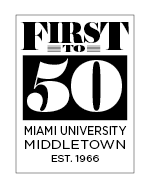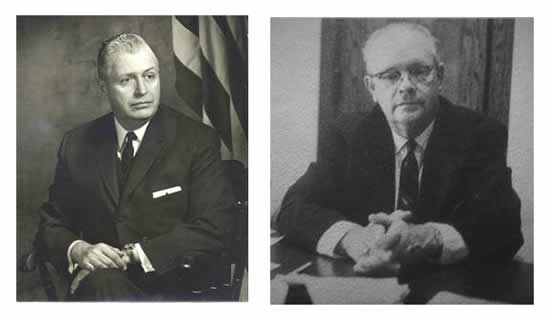MUM50 - GIs Go Marching Off to College
This is the second in a series of historical vignettes tracing the work of the community and Miami University that led to the opening of Miami University Middletown in September 1966.

This is the second in a series of historical vignettes tracing the work of the community and Miami University that led to the opening of Miami University Middletown in September 1966.

After World War II, enrollment in colleges and universities skyrocketed as returning veterans took advantage of the GI Bill of Rights' educational benefits.
The Servicemen's Readjustment Act (as it was formally known) was signed by President Roosevelt on June 22, 1944, and by the time the provisions of the GI Bill ended in July 1956, nearly 8 million veterans had received educational benefits, with over 2.2 million enrolled in higher education.
Miami's enrollment had dropped from 3,350 just before the war to 2,118 in 1944/45 at the war's end. But within five years, Miami's enrollment more than doubled, surpassing 5,000 students in the fall of 1949.
To accommodate the influx of students Miami and other universities scrambled to provide temporary housing, and in Oxford many veterans were set up in temporary housing units, including portions of one of Miami's gyms. And there was a new kind of student - one who was married with a family. Miami set up Vet Village, a complex of former military temporary housing units, on the south portion of campus in April 1945.
Realizing that not all could attend classes in Oxford, Miami began offering courses at off-campus locations, a move undertaken by several institutions throughout Ohio with support of funds from the Ohio legislature. By the 1948/49 academic year Miami offered classes at ten extension sites in southwestern Ohio.
Miami President John D. Millett (1953-1964) championed the idea of establishing ongoing operations in area high schools to serve students beyond Oxford, and he recruited Earl Thesken to bring those plans to fruition.
Speaking at the dedication of Miami Middletown in 1966, Thesken recalled Miami's Middletown center that opened in the late 1940s, led by Dr. Bunker Wright of Miami and Lewis Brown of Middletown, that remained open until 1952 and then closed due to declining enrollment.
Thesken also recalled working with the Chamber of Commerce, Industrial Council, League of Women Voters, American Association of University Women, and other civic groups to revitalize the center in Middletown. Herman Lawrence, a Middletown principal, was selected to head the center and worked closely with Thesken to build the Middletown program. Soon enrollments rose from 100 in 1959, to over 500 in 1961, ultimately passing the 900 mark by 1964.
As the wave of veterans passed through colleges and universities, a second wave loomed on the horizon - the baby boom. The anticipated population growth of the 1960s led universities as well as local, state, and federal government agencies, to formulate new plans for reaching and serving growing populations both on campuses and in communities.

Left: John D. Millett was president of Miami from 1953-1964 and led the efforts to extend Miami course and degree offerings to communities in the region.
Right: For 32 years Herman Lawrence was teacher and principal at the old Middletown High School building, and served as the local coordinator of Miami's academic center in Middletown before the Middletown Campus opened.
Photo Credits: Millett - Miami University Archives
Lawrence - MidPointe Library System Library Lens Collection.

